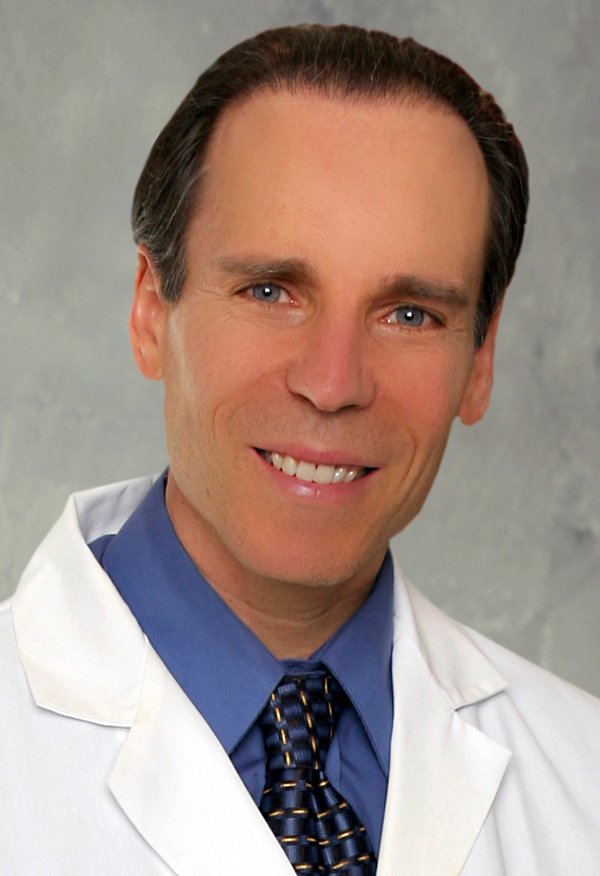Even a small amount of alcohol increases breast cancer risk

VALLEY — We hear constantly that moderate consumption of alcohol, especially red wine, is beneficial for cardiovascular health. However, when it comes to cancer risk, any amount of alcohol is risky. A 2014 report by the International Agency for Research on Cancer concluded that there is no safe amount of alcohol when it comes to cancer risk. Alcohol is now considered a cause of cancers of the mouth, pharynx, larynx, esophagus, colorectum, breast, and liver, and is linked to other cancers too.
Some of red wine’s benefit is thought to be due to resveratrol, a phytochemical in grape skins that has anti-inflammatory and antioxidant effects that may help protect against cardiovascular disease (CVD). However, the majority of the reduction in CVD risk is actually from the inhibition of blood clotting by the alcohol. At this point in time it is unknown whether resveratrol provides additional benefits over the anti-coagulation effects. Plus grapes, raisins, blueberries, cranberries, and peanuts also contain resveratrol – red wine is not the exclusive source of this phytochemical. You will get much more health benefit from a cardio-protective diet of phytochemical-rich plant foods than you will from an occasional glass of red wine.
Regardless of whether resveratrol provides cardiovascular benefit, it is incorrect to think you are doing something good for your health when you drink red wine. Even light drinking increases the risk of several different types of cancer.
After alcohol is ingested, the body metabolizes it into a carcinogenic compound called acetaldehyde.
The evidence suggests that even light drinking (less than 1 drink/day) or using alcohol-containing mouthwashes may be risky. Additional carcinogenic substances are present in alcoholic beverages, such as arsenic, benzene, cadmium, formaldehyde, lead, ethyl carbamate, acrylamide, and aflatoxins.
This is especially important for women to know, because there are gender differences in alcohol metabolism. The same amount of alcohol causes a greater blood alcohol level to be reached in females compared to males of the same weight. Alcohol consumption may also increase estrogen levels, which could further increase the breast cancer risk associated with alcohol consumption.
Less than one drink a day increases breast cancer, and more drinking amplifies the risk. Women in the range of 3-6 alcoholic drinks weekly were found to have a 15 percent increase in breast cancer risk compared to non-drinkers, and 3-4 drinks per week is also associated with higher rates of breast cancer recurrence after diagnosis. Increased cancer risk due to light alcohol intake is not limited to breast cancer.
A meta-analysis of studies on the relationship between light drinking and cancer risk estimated that light alcohol drinking is responsible for 5,000 deaths from oral and pharynx cancers, 24,000 deaths from esophageal squamous cell carcinoma, and 5,000 deaths from breast cancer worldwide each year. Importantly, the researchers found that this risk was dose-dependent: meaning the more you drink, the greater the risk. For health and longevity, the safest choice is to not drink any alcohol.
Dr. Fuhrman is a #1 New York Times best-selling author and a board certified family physician specializing in lifestyle and nutritional medicine. The Eat To Live Cookbook offers over 200 unique disease-fighting delicious recipes and his newest book, The End of Heart Disease, offers a detailed plan to prevent and reverse heart disease using a nutrient-dense, plant-rich (NDPR) eating style. Visit his informative website at DrFuhrman.com. Submit your questions and comments about this column directly to [email protected]



